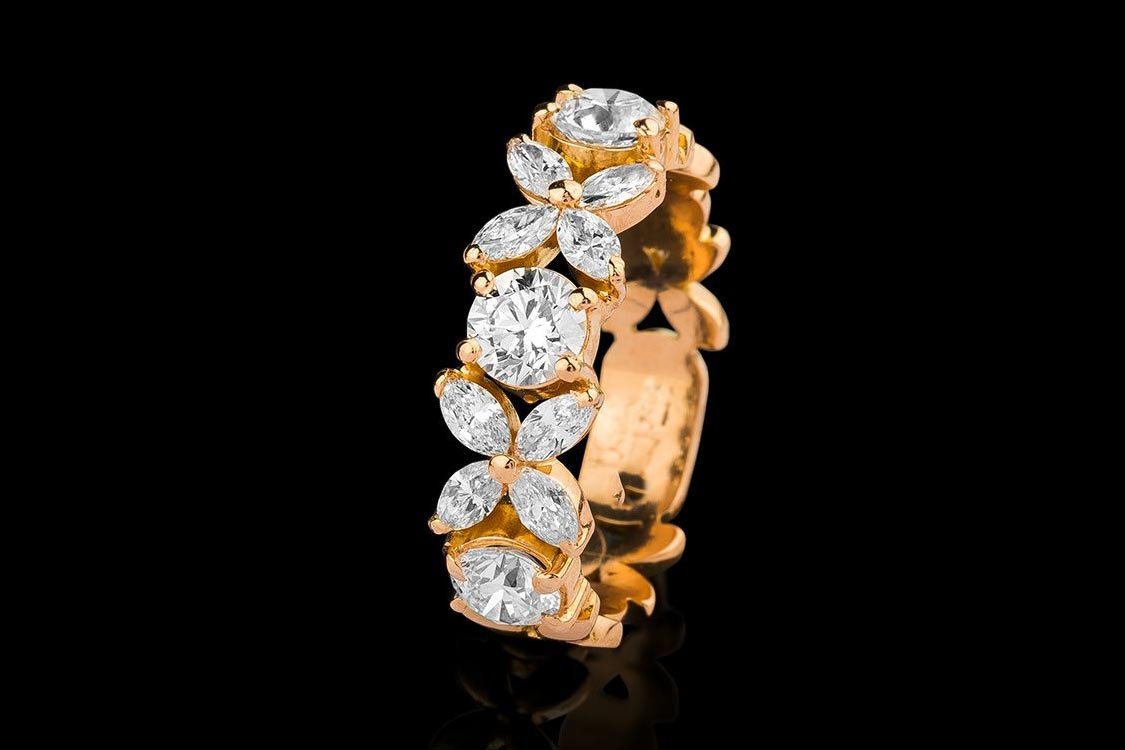The world of diamonds has witnessed a significant transformation in recent years, with the emergence and rapid growth of lab-grown diamonds. These diamonds, often referred to as synthetic or cultured diamonds, have sparked debates and discussions regarding their authenticity and value when compared to traditional mined diamonds. This article aims to explore the science behind lab-grown diamonds and establish the unequivocal fact that lab-grown diamonds are indeed diamonds.
Understanding Lab-Grown Diamonds
Lab-grown diamonds are created in controlled environments that replicate the extreme heat and pressure conditions deep within the Earth’s mantle, where natural diamonds are formed over millions of years. There are two primary methods for creating lab-grown diamonds: High-Pressure High-Temperature (HPHT) and Chemical Vapor Deposition (CVD). In both methods, a tiny diamond seed or a carbon source is subjected to the necessary conditions for crystal growth.
1. Identical Chemical Composition
The foremost reason lab-grown diamonds are diamonds is their identical chemical composition to their natural counterparts. Both natural and lab-grown diamonds are composed of carbon atoms arranged in a crystalline structure, which gives them their renowned hardness and brilliance. When analyzed at the atomic level, lab-grown diamonds and natural diamonds are indistinguishable.
2. Identical Physical Properties
Lab-grown diamonds possess the same physical properties as natural diamonds. They share the same hardness, refractive index, dispersion, and luster. Gemological instruments, such as refractometers and spectrometers, cannot differentiate between lab-grown and natural diamonds based on their physical properties.
3. Graded by Gemological Institutions
Lab-grown diamonds undergo the same rigorous grading processes as natural diamonds. Leading gemological institutions, such as the Gemological Institute of America (GIA), issue certificates for lab-grown diamonds, detailing their quality and characteristics, including the 4Cs – carat weight, cut, color, and clarity.
Ethical and Environmental Advantages
Lab-grown diamonds offer ethical and environmental advantages over mined diamonds. They are produced with minimal environmental impact, reducing the need for destructive mining practices. Additionally, the diamond industry has faced concerns related to human rights abuses in some diamond mining regions, which lab-grown diamonds can help mitigate.
Affordability and Accessibility
Lab-grown diamonds are often more affordable than their natural counterparts. This affordability makes diamonds more accessible to a wider range of consumers who may have previously been priced out of the market, democratizing the beauty and allure of these gemstones.
Conclusion
In conclusion, lab-grown diamonds are undeniably diamonds. Their identical chemical composition, physical properties, grading by reputable institutions, and the fact that they are created through a natural diamond growth process all attest to their diamond nature. Moreover, the ethical and environmental benefits, as well as increased affordability and accessibility, make lab-grown diamonds a significant and sustainable addition to the world of gemstones. As technology advances, lab-grown diamonds are poised to become an increasingly prominent and accepted part of the jewelry industry, standing shoulder to shoulder with their natural counterparts.






